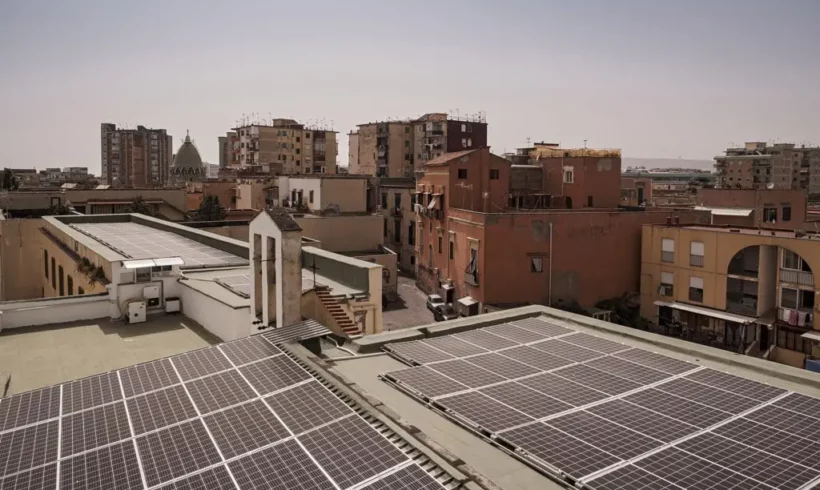By DR. MIRIAM ACZEL In San Giovanni a Teduccio, a coastal suburb in Naples, a new people-driven project has become Italy’s first renewable “solidarity...
Archive for category: microgrid technology
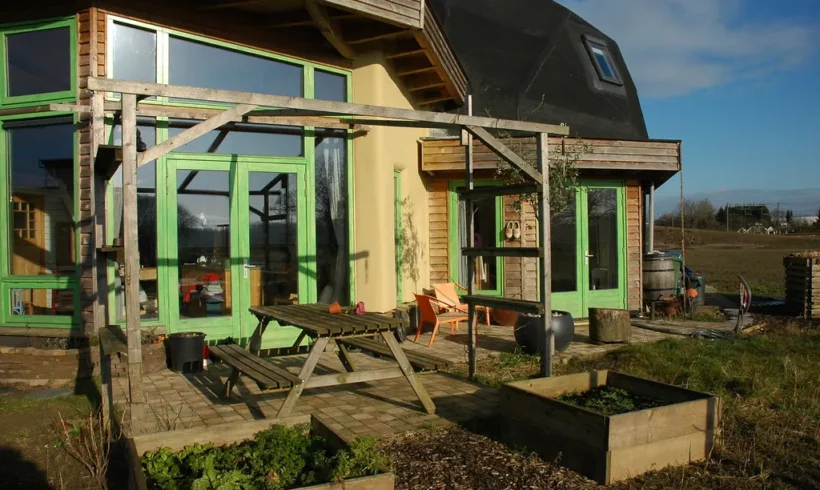
The Aardehuizen Project: A Bold Vision for a Community Microgrid
By Erin Yu Characterized by a distinctive architecture of domes and glass panels, the Aardehuizen is a picturesque community of 23 homes located in Olst, Netherlands that was...
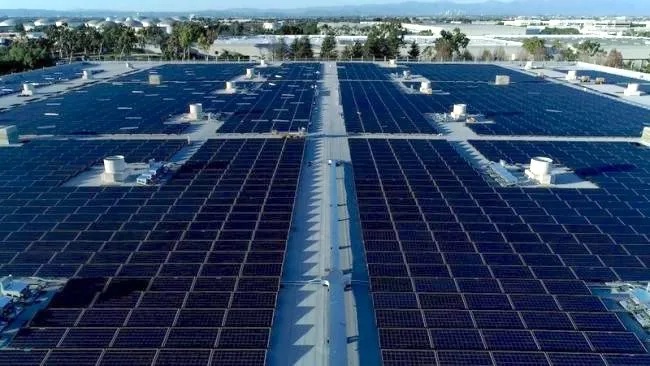
The War of the Currents: DC vs. AC
By DR. MIRIAM ACZEL The increasing frequency of power outages, as well as the growing severity of natural disasters like wildfires, poses significant threats...
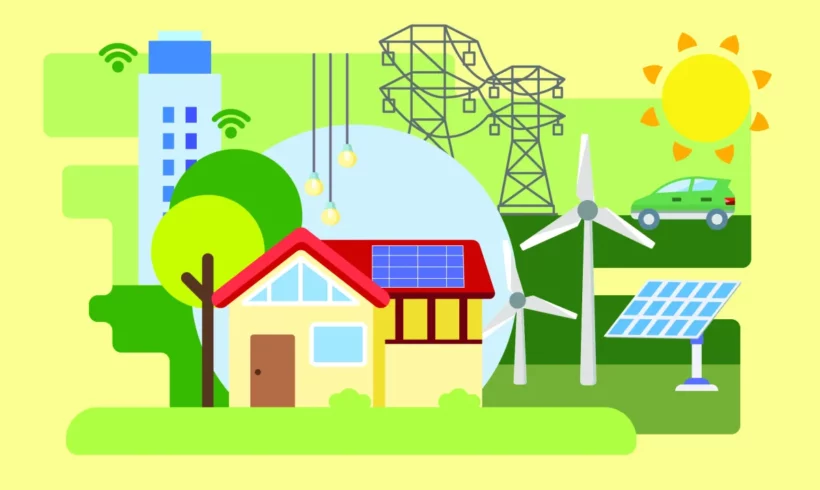
Community Microgrids
By EUNICE CHUNG Microgrids have been around for a while—ever since Thomas Edison invented the first prototype in 1882, these multifaceted networks continue to be...
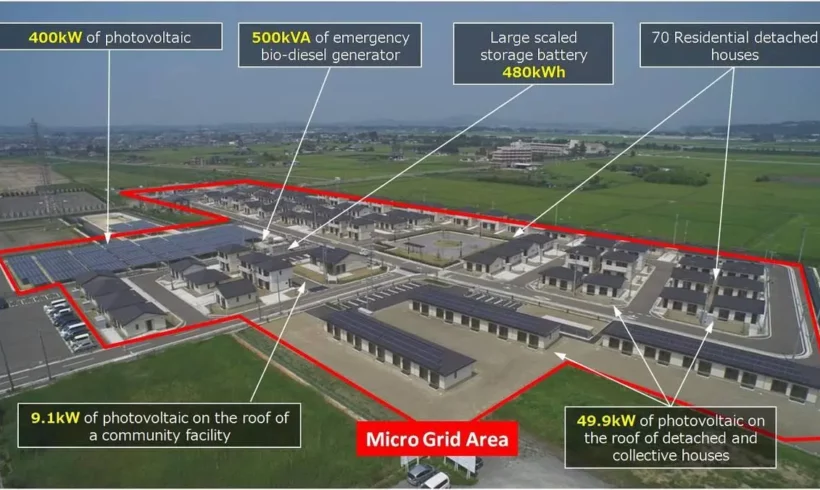
Rebuilding for Resilience – Japan’s First ‘EcoTown’
By DR. MIRIAM ACZEL In the decade since the 2011 East Japan Earthquake and Tsunami, microgrids have sprung up across Japan to help the country meet...
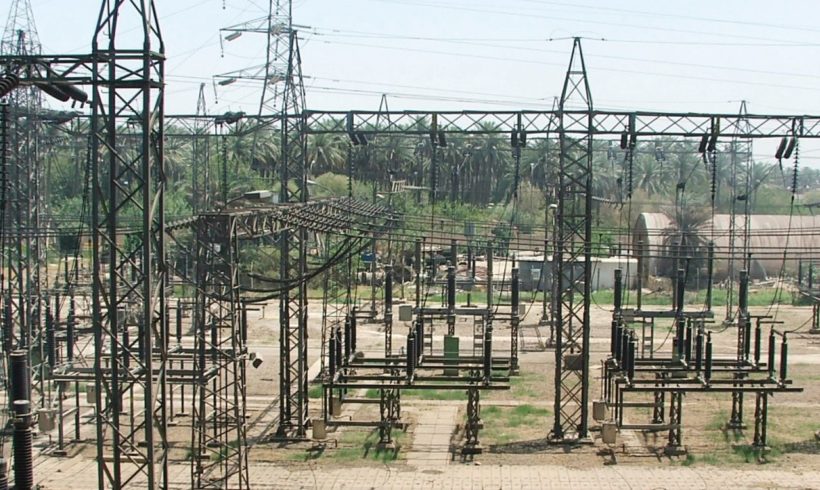
The Decentralization and Democratization of Energy
There are many current challenges in the energy sector. The sector is adapting to increased demand for sustainable energy and balancing new renewable sources with the current loads of the users connected to the grid. The generation of energy by renewables such as wind and solar at industrial scale is not the only challenge the utilities need to find a sustainable way to implement but also how to feed the electricity created by distributed generation and prosumers onto the grid.
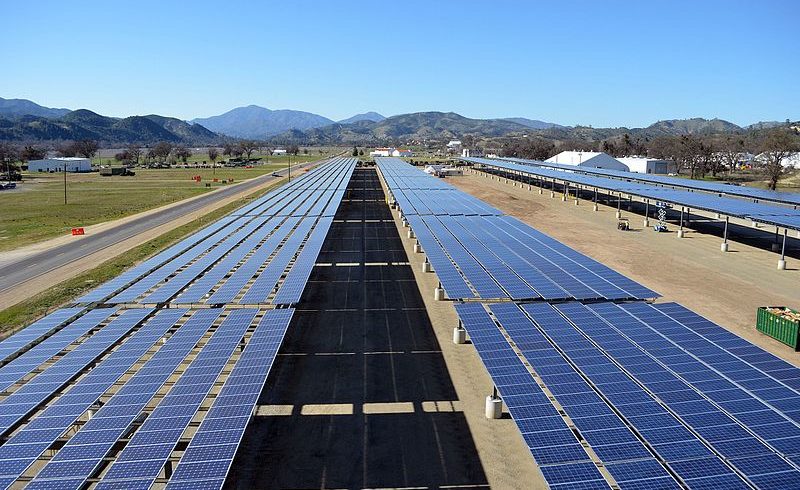
Is the Electrical Grid moving back to the 1880’s?
The electrical grid is the largest tangible network created by humankind. It all started in 1880’s, when energy was produced very close to end users, usually big industrial facilities. After 150 years of development, the world created incredible infrastructure to assure electricity supply almost anywhere. Since then, electrical grids have been expanding and embracing more generation units and end-users while covering extensive areas. That pattern, once obvious and most practical, became outdated. Overloaded electrical grids are difficult to maintain, unstable and, in case of infrastructure damage, extremely time-consuming to restore.
On September 20th, 2017, when Hurricane Maria crashed into Puerto Rico, about 95% of the island lost electricity. This energy crisis demonstrated how non-resilient the current grid is. Extreme weather events crippled the entire island. It could have been significantly mitigated - if not avoided - if Puerto Rico had developed independent microgrids. Downscaling the electrical grid by creating dispersed microgrids would increase reliability and resiliency in the electricity supply.

Microgrids: Distributed Energy and Resilience
Over a month after Category 5 Hurricane Maria swept through Puerto Rico causing catastrophic damage, much of the island is still without power. The storm knocked out power to almost all of the commonwealth. Homes, schools, hospitals, and other critical services and infrastructure were left without power. Even now, only a fifth of residents have power.
Microgrids may provide the means to reduce vulnerability—and improve resilience—in the wake of a changing climate and increasing risk of natural disasters.

Microgrids reach a tipping point
Federal and local government and industry professionals discussed microgrid technologies and trends at a forum on October 19, 2017 at the Edison Electric Institute (EEI). The event was cohosted by Leaders in Energy and Resilient Virginia and sponsored by EEI, eSai LLC, and Microgrid Knowledge.
The utilization of microgrids plus battery storage is increasingly seen as the wave of the future to help ensure energy reliability and security in an age of intense weather events and cybersecurity threats.
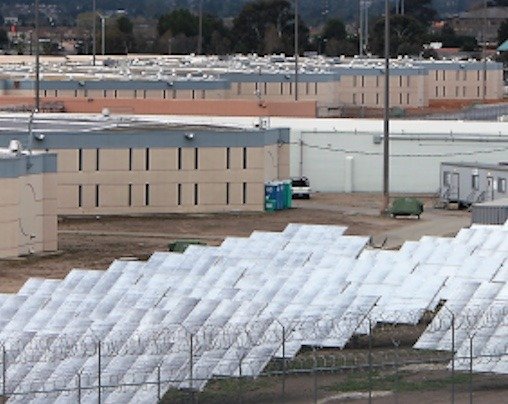
Resilience in small packages
Cyberattacks, natural disasters, including flooding, snow and ice storms, droughts, in addition to aging infrastructure, and other factors all lead to vulnerability in a system faced with increasing demand. When one part of this complex system fails, as can happen when a storm knocks down a wire or pole, other parts are affected. Enter the microgrid—a local energy distribution system that offers backup generation if the central grid fails.
- 1
- 2


